Acidanthera: Fragrant Flowers for Late Summer
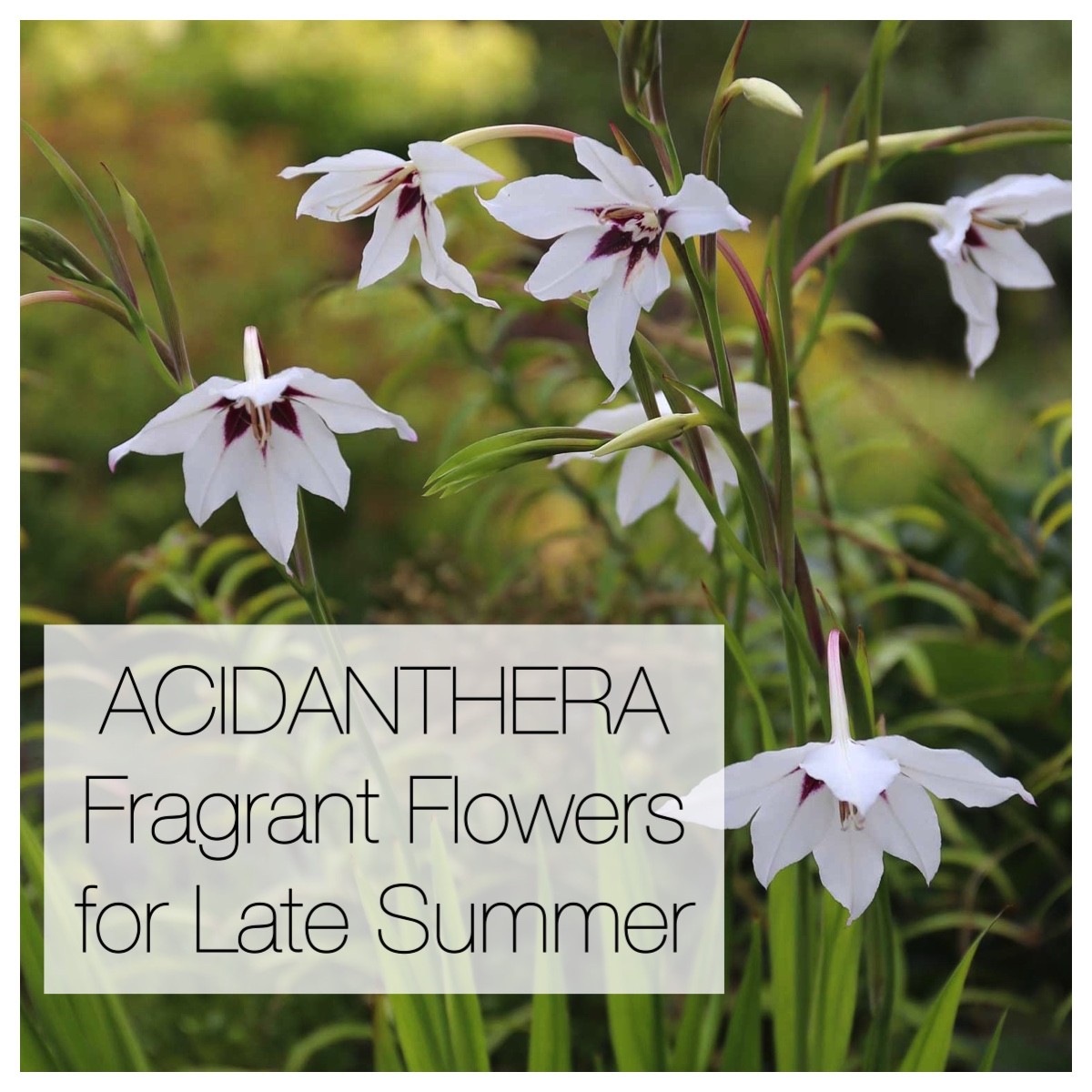
Acidanthera is a lovely, summer-blooming bulb that deserves a place in every flower garden. Curiously, very few gardeners seem to know about it.
Being burdened with an unappealing name doesn’t help. Just ask plants like chionodoxa, crocosmia and lisianthus! And to make matters worse, acidanthera goes by nearly a dozen other names, including gladiolus murielae, gladiolus callianthus, gladiolus acidanthera, Acidanthera murielae, Acidanthera bicolor, Abyssinian gladiolus, peacock gladiolus, fragrant gladiolus, peacock orchid and sword lily.
So let’s ignore the names for a minute. Let me introduce you to a plant you’re going to wish you had known about long ago.
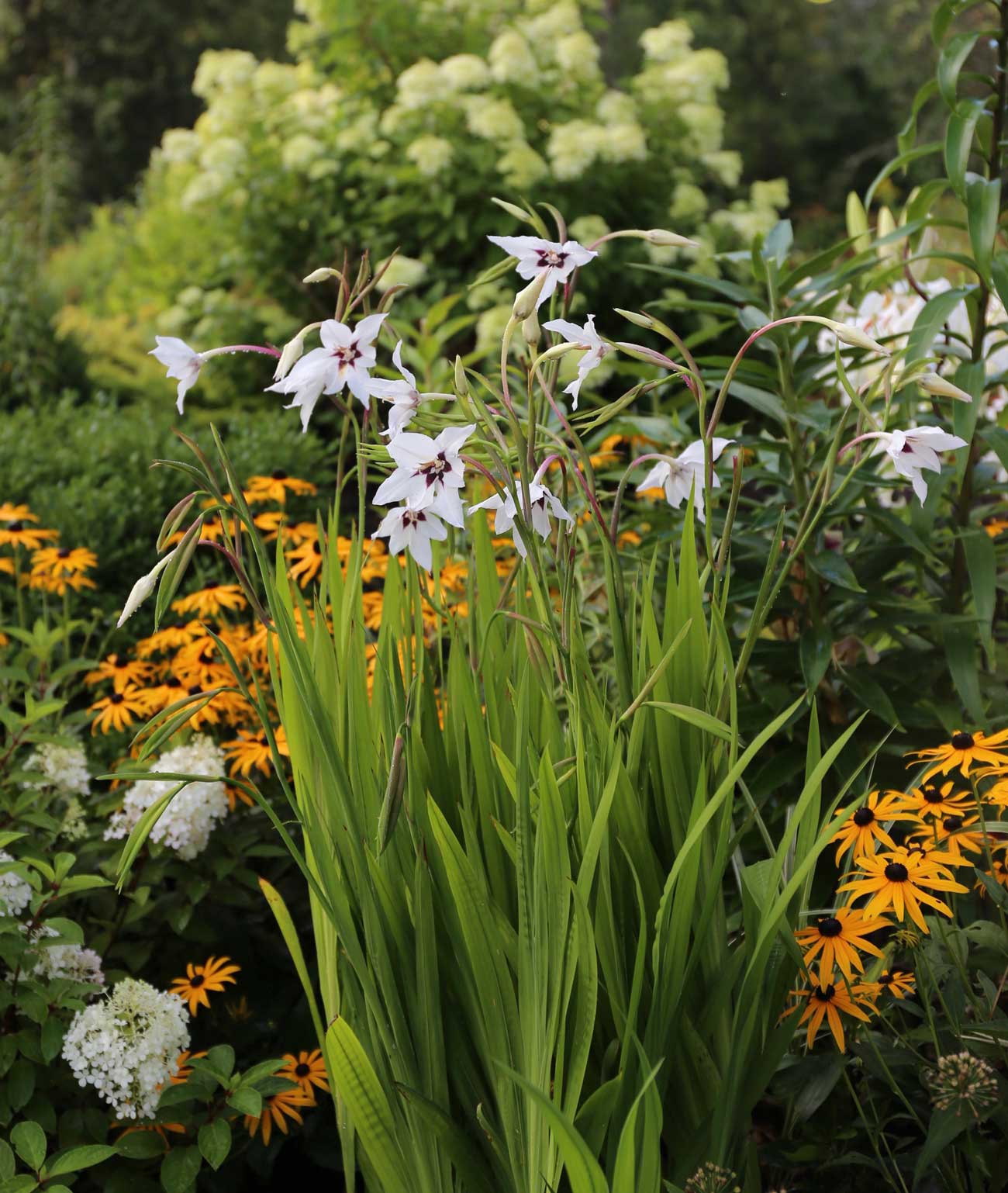
A Trouble-Free Summer Bulb
Acidanthera is an African wildflower in the gladiolus family. It grows from small bulbs (corms, actually) that resemble hazelnuts. Plant them in the spring and they will bloom 3 months later without a bit of attention in between.
Though acidanthera will not survive the winter in growing zones 3-6, it can be treated as an annual. Another option is to dig up the corms in the fall and bring them indoor as you would for gladiolas.
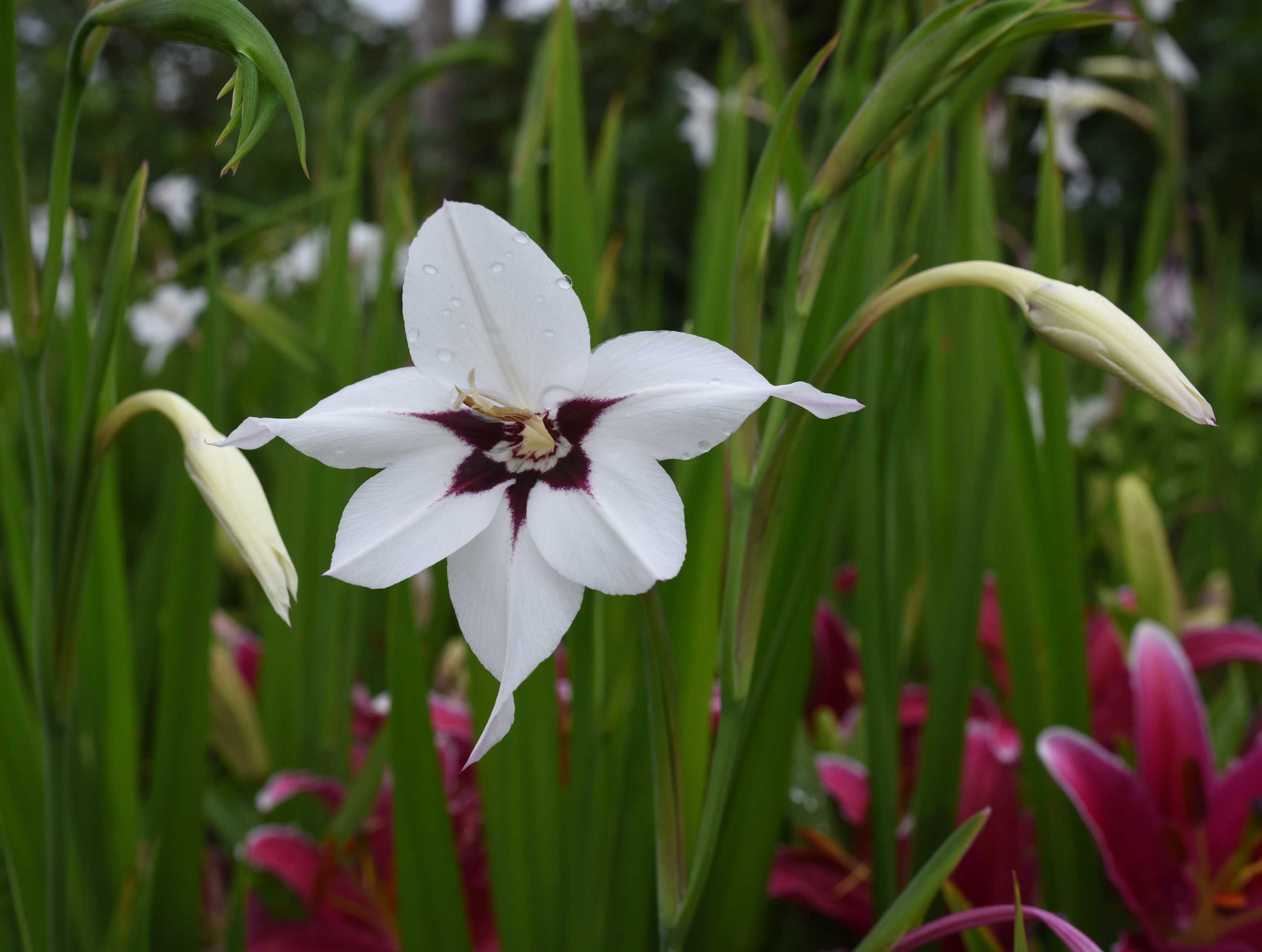
Elegant Blossoms
One of the first things to love about Acidanthera is the flowers. They are whiter than white, with a maroon blotch at the base of each petal. Together, the six petals make an irregular star that measures about 3” across.
There’s something ethereal about acidanthera’s blossoms. They seem to float on their almost invisible stems and flutter in the slightest breeze. The sultry perfume is intense and like many white flowers, it is strongest in the evening.
The blossoms are complemented by attractive, upright foliage. This makes acidanthera a nice addition to perennial borders. Long, stiff stems make it a must for cutting gardens.
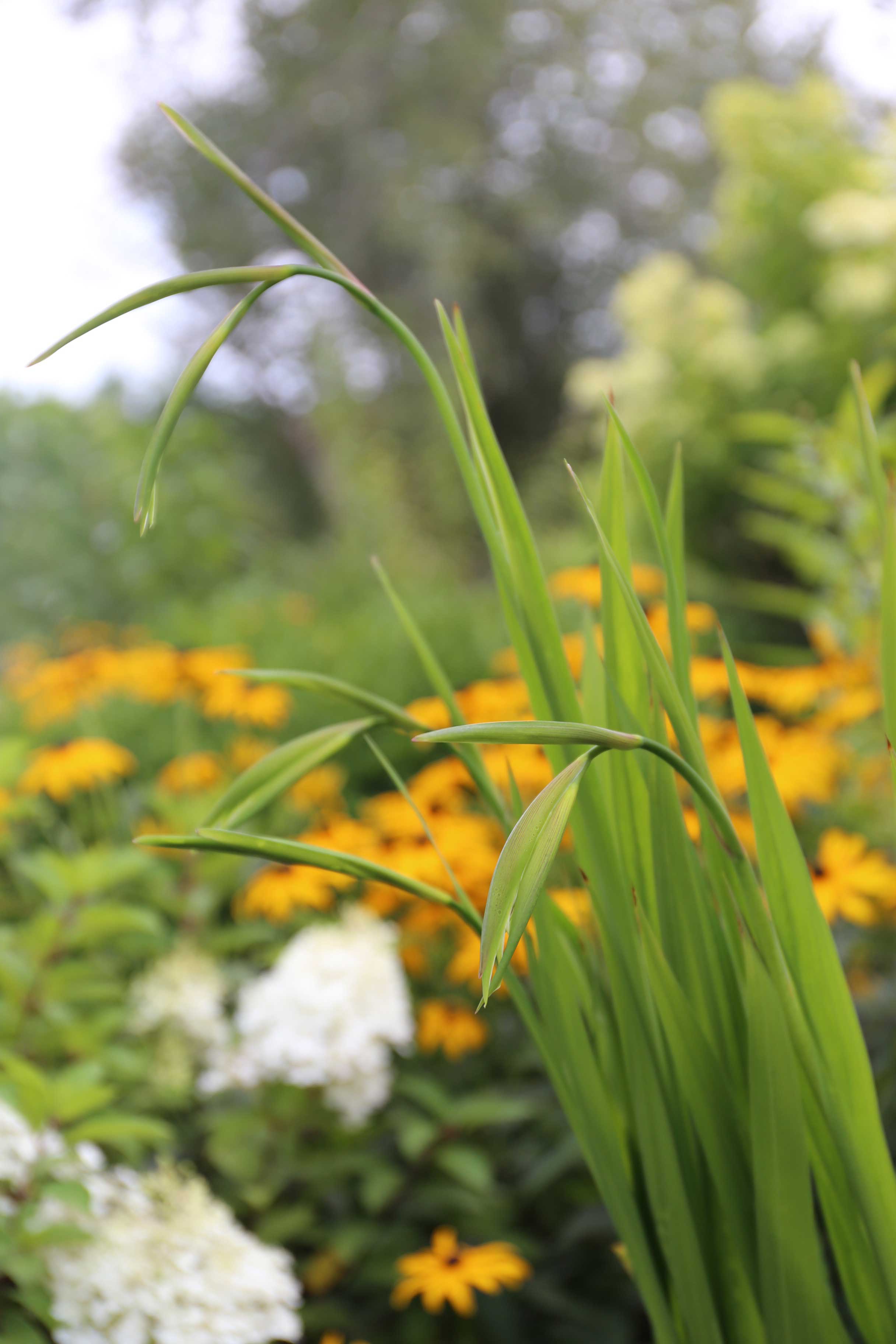
Late Summer Bloom Time
Acidanthera is a heat-loving plant and the corms grow very slowly during the first half of the season. You will begin to see some foliage by July, but the plants don’t reach their full, 2-3 foot height until August.
As Labor Day approaches and you start thinking you will never see any blossoms, slender stems rise up from the base of the plant. These stems blend in perfectly with the foliage, so you’re unlikely to see them until the flower buds peel away and are just days from opening.
In cooler areas, you can get a jump on the acidanthera season by planting the corms in nursery pots. Keep the pots in a sunny, out-of-the-way location until mid-August. Then, either transplant them into bare spots in the garden or add them to containers that are in need of a boost. I like to cluster a few pots right outside my front door where I can enjoy seeing (and smelling) the flowers up close.
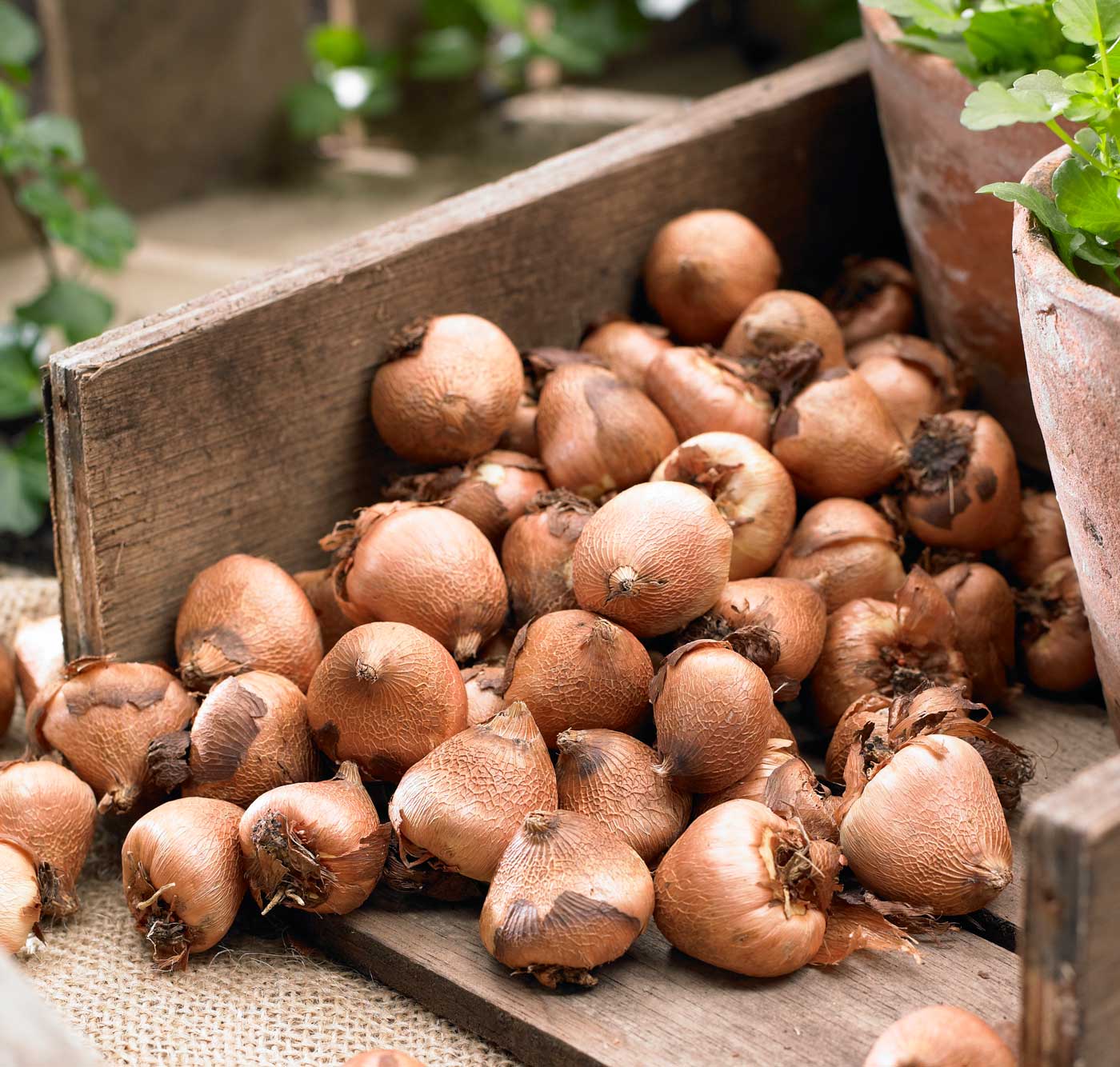
How to Plant Acidanthera
As with most bulbs, acidanthera looks best when planted in groups of 10 or more. Fortunately, the bulbs are small and inexpensive, so that’s easy to do.
When planting directly in the garden, choose a location with well-drained soil and all-day sun. The corms will not grow in cold soil, so don’t be in a rush to plant. Wait until after the frost-free date for your area.
Loosen the soil 10” deep and then plant the corms 4-6” deep, depending on their size (plant large corms a little deeper than small ones). When choosing a planting location, remember that it may be at least a month before you see much in the way of greenery.
The corms also grow well in containers. In cooler climates, this is the best way to get started with acidanthera. I begin in early May, filling 2-gallon nursery pots with growing mix and planting about 10 corms per pot. Planting a few pots each week until June extends the bloom time. It’s a treat to have a stash of flowering plants to move around in late August and early September.
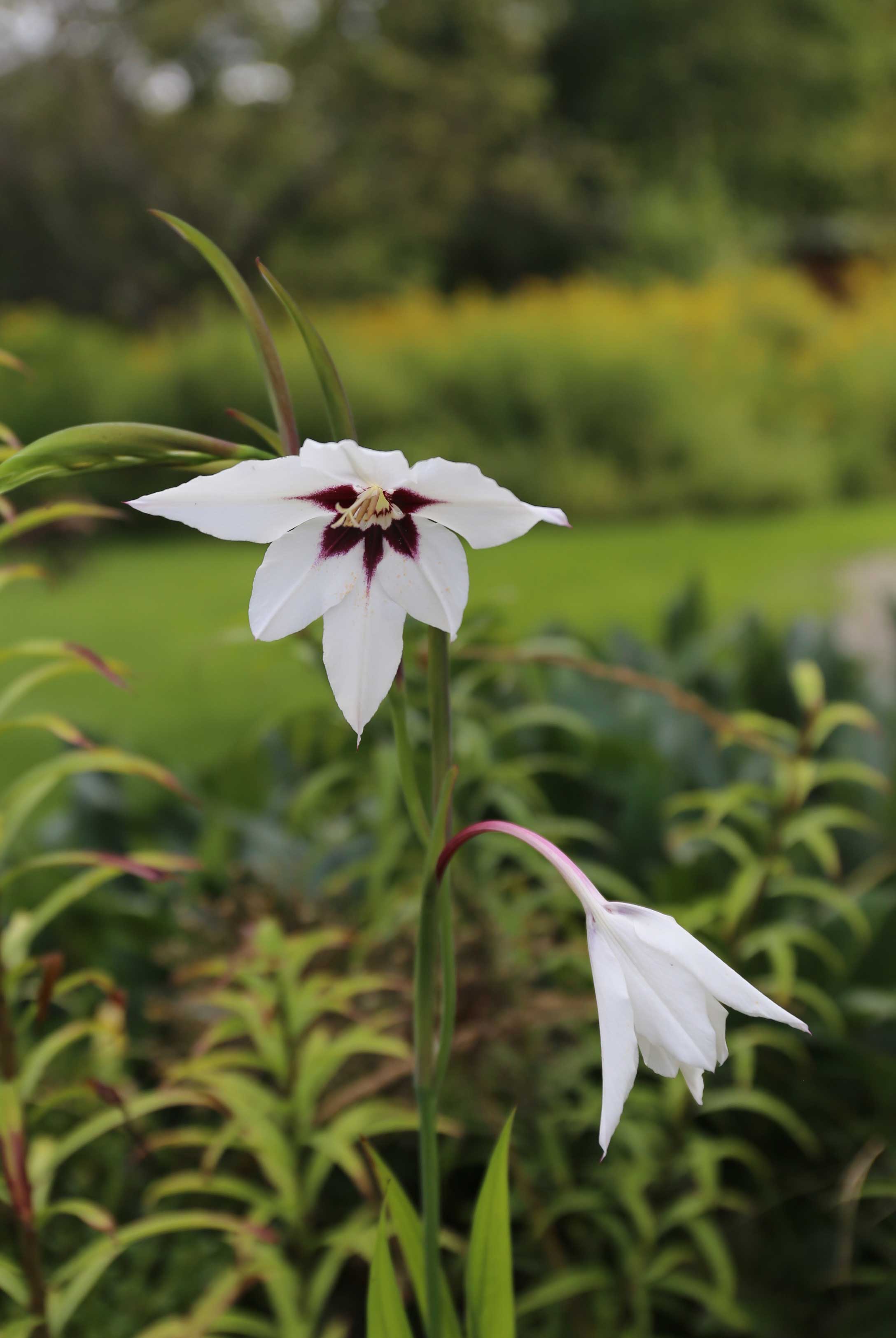
Aftercare for Acidanthera
If you live in a cold climate and don’t want to toss out your acidanthera corms at the end of the season, it’s easy to store them from one year to the next. Allow the foliage grow until frost and then cut it back. Dig up the plants with the corms attached and let them dry. If there are baby corms, called cormels, you can leave them behind or bring them along for replanting next year. It may take awhile, but they will eventually reach flowering size.
When the plants are completely dry, cut off any remaining foliage and put the corms a paper or burlap bag. Store them somewhere dark and dry with good ventilation, at around 60-65°F.
If you grow acidanthera in containers, you can simply bring the pots indoors and let the soil dry out. In spring, separate the bulbs and replant.
Acidanthera bulbs are available for pre-order starting in January and are shipped March through early June. Put them in your planting list for next spring and find out what you’ve been missing! To shop for bulbs, click HERE.



Hi, Can you tell me why my Muscati and Dutch Master daffodils come up at different times? I purchased them hoping to see them bloom at the same time to complement each other. (My red tulips come up at the same time as my daffodils and look nice together).
Hi Diane,
We grow all of these bulb combinations in our trial garden to check bloom times. The first year after planting, Dutch Master daffodils and muscari bloomed at the same time (which is how we got that photo). After the first year, you may find the daffodils start blooming a week or two before the muscari. Exact bloom times are very difficult to predict. It depends on where you live, the soil your bulbs are growing in, and the year’s weather. You could consider adding some Darwin hybrid tulips to the daffodils and muscari to help close the gap and extend the bloom time.